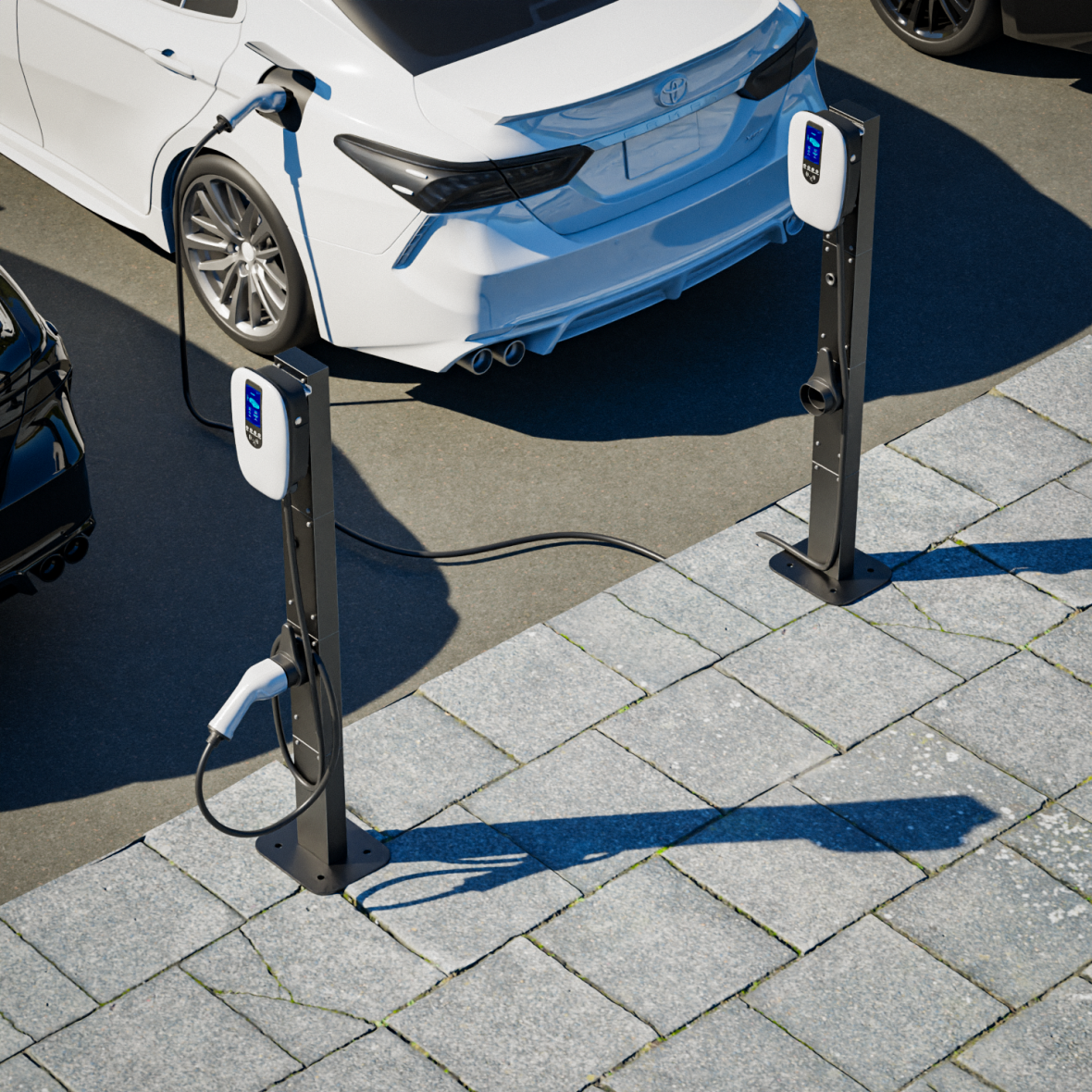Introduction:
Volkswagen has introduced its latest plug-in hybrid powertrain, coinciding with the surging popularity of plug-in hybrid electric vehicles (PHEVs) in China. PHEVs are gaining traction in the country due to their versatility and ability to alleviate range anxiety. While there are concerns about PHEVs potentially delaying the transition to zero-emission vehicles, they serve as a bridge towards a greener future. The new powertrain from Volkswagen showcases technological advancements aimed at enhancing efficiency and performance.
China’s Love for PHEVs:
China has witnessed a remarkable surge in PHEV sales, with BYD, the leading automaker, selling 1.4 million PHEVs alongside 1.6 million electric cars in 2023. PHEVs have become immensely popular among Chinese consumers due to their ability to switch between battery power and an internal combustion engine, providing the convenience of long-distance travel without range anxiety. The affordability of PHEVs, such as the BYD Qin Plus priced under 100,000 yuan ($13,900), makes them an attractive option for budget-conscious consumers.
Volkswagen’s Cutting-Edge Plug-In Hybrid Technology:
Volkswagen’s latest plug-in hybrid powertrain features two drive modules: an electric drive motor and a turbocharged gasoline engine. The upgraded system boasts the 1.5 TSI evo2 engine, incorporating advanced features like the TSI-evo combustion process and a variable turbine geometry (VTG) turbocharger. This combination ensures exceptional efficiency, reduced consumption, and lower emissions. Additionally, the powertrain includes a six-speed dual-clutch transmission, high-pressure injection, plasma-coated cylinder liners, and pistons with cast-in cooling channels.
Enhanced Battery and Charging Capabilities:
Volkswagen has significantly improved its plug-in hybrid system’s battery capacity, increasing it from 10.6 kWh to 19.7 kWh. This enhancement enables an extended electric-only range of up to 100 km (62 miles) based on the WLTP standard. The new battery incorporates advanced cell technology and benefits from external liquid cooling. Moreover, the power flow between the battery and the electric drive motor is managed by advanced power electronics, ensuring efficient conversion of direct current into alternating current. The new system also supports faster charging times, allowing for up to 11 kW AC charging and a maximum charge rate of 50 kW for DC fast charging. These charging capabilities significantly reduce charging times, with a depleted battery reaching 80% in about 23 minutes.
The Road Ahead:
While PHEVs serve as a valuable transition technology, it remains crucial to continue the push for affordable electric vehicles (EVs) and reliable charging infrastructure to achieve widespread adoption. The EV revolution is still in its early stages, with advancements in technology and infrastructure poised to address these challenges. To expedite the transition to a greener future, the industry must strive for greater affordability, faster charging, and improved reliability.
Conclusion:
Volkswagen’s introduction of its latest plug-in hybrid powertrain aligns with the growing demand for PHEVs in China. PHEVs offer a practical solution for consumers seeking the benefits of electric driving coupled with the convenience of extended range. The technological advancements showcased in Volkswagen’s powertrain underscore the industry’s commitment to enhancing efficiency and reducing emissions. While PHEVs are not a long-term solution, they play a vital role in bridging the gap between traditional internal combustion engines and fully electric vehicles. As the EV revolution gains momentum, continued efforts to make EVs more affordable and improve charging infrastructure will drive the transition to a sustainable and zero-emission transportation future.
Lesley
Sichuan Green Science & Technology Ltd., Co.
0086 19158819659
Post time: Mar-01-2024





